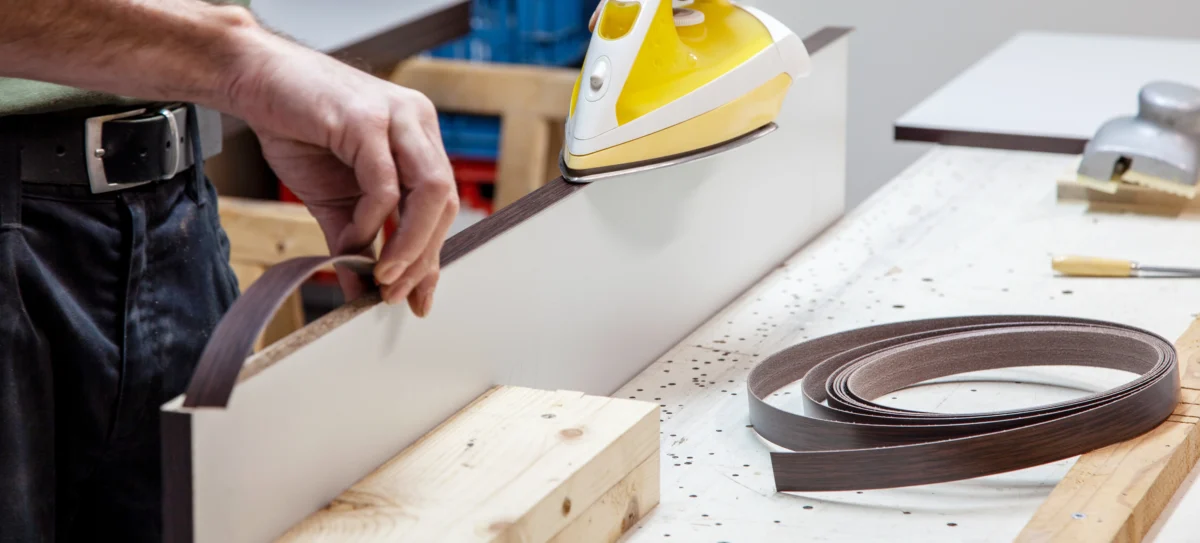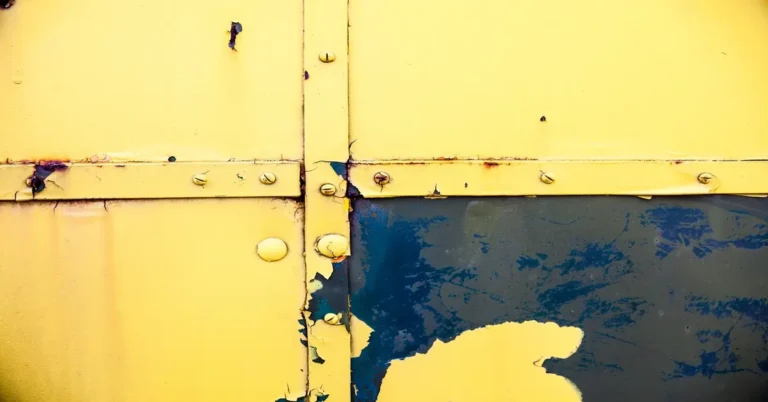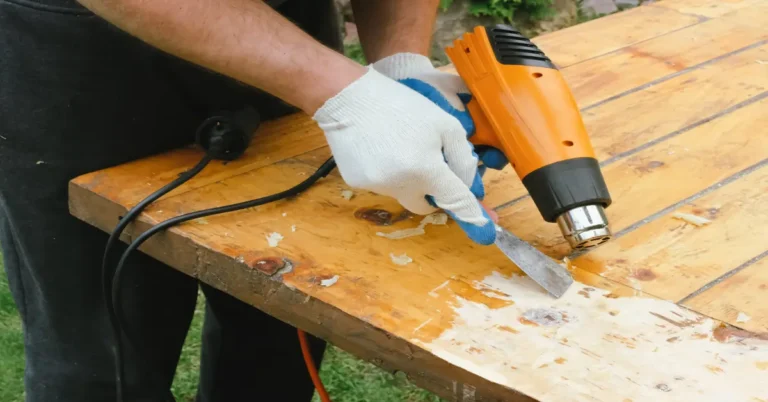When it comes to adhesives, most people are familiar with acrylic, silicone, or epoxy. However, there’s another adhesive that’s been quietly serving a variety of purposes for decades: rubber cement. This unassuming adhesive, with its distinctive smell and versatility, has found a place in many homes, offices, and creative spaces.
In this article, we’ll explore what rubber cement is and the diverse range of uses it offers.
What Is Rubber Cement?
Rubber cement is an adhesive consisting of rubber particles or synthetic rubber dissolved in a solvent. Its unique feature is its ability to create a temporary and repositionable bond. When applied, the solvent quickly evaporates, leaving a thin layer of rubber behind. This rubber layer remains tacky, allowing items to be attached, removed, and repositioned without leaving residue or damage.
How to Use Rubber Cement Effectively?
Rubber cement offers a convenient alternative to conventional, greasy glue sticks that could potentially alter the outcome of your building endeavors. Below are the steps for efficient usage:
- Begin by ensuring that the objects or materials you intend to connect are thoroughly dry.
- Use a brush to apply the cement evenly onto the desired material, ensuring it’s well-coated with the suspended adhesive within the bottle.
- Once the adhesive is applied, set aside the materials to allow them to dry. Fortunately, rubber cement boasts a quick drying time, so you won’t have to wait long.
What Is Rubber Cement Used For?
While rubber cement is not a primary adhesive used in structural construction, it does have some interesting and practical applications in construction-related tasks. Here are some creative and useful ways you can use rubber cement in construction:
Wood Projects
Using rubber cement for wood projects can be a practical choice for specific applications. It can be useful for certain tasks that require temporary or repositionable bonds or for projects where traditional woodworking adhesives may not be suitable.
Here are some ways you can use rubber cement for wood projects:
1. Temporary Bonding:
- Rubber cement’s repositionable nature makes it useful for temporarily holding wood pieces together during the planning and layout stages of a project. This allows you to make adjustments before committing to a permanent bond.
2. Templates and Patterns:
- Rubber cement is excellent for attaching paper templates, patterns, or stencils to wood surfaces. This can be helpful when marking, cutting, or tracing designs onto wood.
3. Inlay Designs:
- An inlay is a design or pattern on an object that is made by putting materials such as wood, gold, or silver into the surface of the object. In marquetry and inlay work, where small wood pieces are inserted into a base wood surface to create intricate designs, rubber cement can be employed to hold the pieces in place during assembly.
Temporary Materials
Check out how this rubber cement can be a valuable asset in the toolbox of both professionals and DIY enthusiasts.
- Temporary Fixation
Rubber cement can be used to temporarily bond and fix lightweight construction materials. For example, it might be applied to temporarily hold lightweight templates, paper patterns, or fabric in place during construction or renovation work. Its repositionable quality can be beneficial in such cases. - Temporary Marking
Rubber cement can be used to make temporary markings on various surfaces. For instance, it can be used to mark positions for drilling holes, installing fixtures, or aligning components. These markings can be easily removed once they are no longer needed.
Masking Agent for Artworks
Artists and crafters have placed their trust in rubber cement for generations, whether they’re crafting intricate collage compositions or carefully designing layouts. Read here why rubber cement is the go-to adhesive for artists and home decorators.
- Surface Protection
Rubber cement can act as a barrier or shield when applied to a surface you want to keep clean or free from the substance you’re working with, such as paint or ink. This can be particularly useful when you’re working on art, crafts, or DIY projects that involve intricate designs or require precision.
- Selective Application
By applying rubber cement to the areas you want to protect, you create a masking layer. This masking layer temporarily covers and adheres to the surface, preventing the substance you’re applying from adhering to or staining that area.
Want to try rubber cement for your creative or practical construction needs? When it comes to trying out this versatile adhesive, quality matters.
Consider giving Apollo Rubber Cement a try. Apollo is known for producing high-quality adhesives that meet industry standards. They are recognized for their adherence to safety and compliance standards, and customer feedback often reflects satisfaction with their products. Moreover, Apollo’s commitment to innovation and staying current with industry trends contributes to their positive reputation.
Their product, Apollo Rubber Cement (Toluene Free) is a synthetic rubber-based adhesive known for its excellent bonding strength. It is used across various industries such as packaging, construction, electronics, transportation, furniture or woodworking.
This adhesive comes in pale to yellow-reddish yellow color and is available in different packaging sizes, including 60cc bottle, 350cc bottle, and 3.75L rectangular can. It is primarily used for strongly bonding wood in applications like furniture, doors, cabinets, fixtures, and wrought iron furniture. You can also use it to repair wood, rubber, and leather products such as furniture, footwear, bags, and wallets.
Additionally, it can be used in applications like school projects, arts and crafts, general household repairs, and DIY projects.
Just remember to use it in a well-ventilated area and follow safety guidelines. Users are cautioned to keep the container closed when not in use. Additionally, sale to minors is not allowed.
For an array of projects, products, and resources, visit Island Chemical’s website. There, you’ll see offerings and discover a wealth of information tailored to your construction needs.
References:
https://homequicks.com/rubber-cement-uses
https://www.instructables.com/Rubber-Cement-and-Contact-Cement





